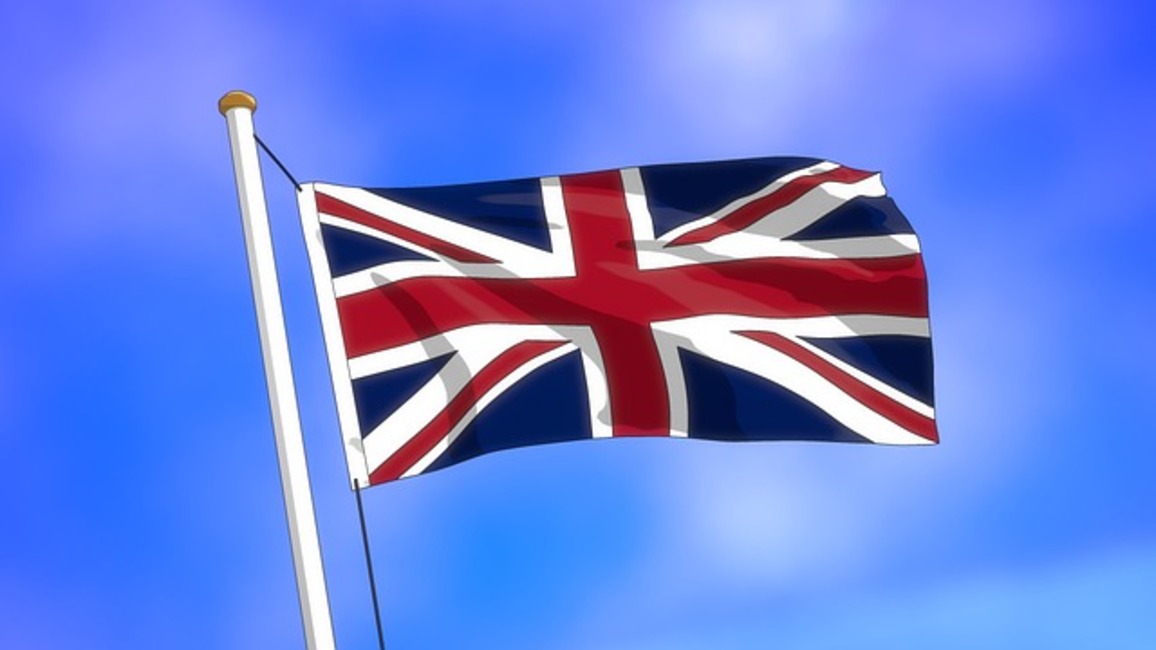
The United Kingdom is a sovereign state that encompasses the island of Great Britain (England, Scotland, and Wales) as well as Northern Ireland. Each of these four countries has its national flags and symbols, some of which are more obscure than others. In this article, we’ll look at some official emblems from each of these countries, starting with the national flag of Great Britain, which represents the entire United Kingdom.
- The national flag of the UK
This is also known as the King’s Colors, the British Flag, the Union Flag, and the Union Jack. The original design was created and used from 1707 to 1801 on ships sailing the high seas. During this time it was named the national flag of the United Kingdom. The original flag consisted of two crosses: the Saltire of St. Andrew, the patron saint of Scotland, with the red cross of St. George (patron saint of England) superimposed on it.
READ ALSO: Welcome to Lagos, ‘The Centre of Excellence’
In 1801, the United Kingdom of Great Britain and Ireland was created, and the official use of this flag was discontinued. The design was then altered, with St. Patrick’s flag added to it and thus the present-day Union Flag was born. Although Wales is also a part of the United Kingdom, no symbol represents it on the British flag.
- The Coat of Arms
The coat of arms of the United Kingdom serves as a basis for the official flag of the monarch, known as the Royal Standard. An English lion is featured on the left side of a center shield and the right is the Unicorn of Scotland, both animals holding it up. The shield is divided into four quadrants, two with three gold lions from England, a red lion rampant representing Scotland, and the gold harp representing Ireland.
The crown can also be seen resting on the shield and its crest, helm, and mantling aren’t quite visible. At the bottom is the phrase ‘Dieu et mon Droit’ which in French means ‘God and my right’.
The complete version of the coat of arms is only used by the Queen who has a separate version of it for use in Scotland, giving the elements of Scotland the pride of place.
- Flag of Scotland – Saltire
The national symbols of Scotland have many legends and myths surrounding them. One of the most iconic Scottish symbols is the thistle, which is seen almost everywhere adorning banknotes, whiskey glasses, and broadswords and is even found on the tombstone of Mary Queen of Scots. It’s said that the thistle was chosen as the national flower of Scotland after it helped the Scots drive the Norse army from their lands.
The national flag of Scotland, known as the Saltire, consists of a huge white cross superimposed on a blue field, the same shape as the cross on which St. Andrews was crucified. It’s said to be one of the oldest flags in the world, dating as far back as the 12th century.
- Flag of wales
The history of Wales is unique and can be seen clearly in its national symbols. Like Scotland, Wales too has a mythical creature as its national animal. Adopted in the 5th century, the Red Dragon is featured on a background of white and green, an important element on the national flag of the country.
It symbolizes the power and authority of Welsh kings and is a well-known flag that flows from all the government buildings in Wales.
- The London Eye

The London Eye also called the Millennium Wheel, is located in South Bank, London. It’s the largest observation wheel in the world and the most popular tourist attraction in the UK. The wheel has 32 capsules which symbolize the 32 boroughs of London. However, they’re numbered from 1 to 33, with the thirteenth carriage eliminated for good luck.
Built for the millennium celebration, the wheel is now a permanent fixture on the skyline of London and remains one of the most modern symbols of the city today.
UK Symbols, England
While Wales and Scotland both have mythical creatures as the national symbols sported on their flags along with vegetables or flowers, England’s symbols are quite different and their origin is clear and easy to understand. In England, the House of Lancaster and the House of York both have roses as their national emblems, the Tudor Rose and the White Rose respectively.
From 1455-1485, when the Civil War broke out, it became famous as the ‘War of the Roses’ since it was between the two houses. Later, the houses were unified when Henry VII became the King and married Elizabeth of York. He placed the white rose from the House of York in the red rose of the House of Lancaster and thus, the Tudor Rose (now known as the ‘Flower of England’) was created.
Throughout the history of England, lions have traditionally symbolized nobility, strength, royalty, power, and valor and have been used on heraldic arms for many years. They portrayed how the English Kings wished to be seen: as strong and fearless.
The most well-known example would be Richard I of England, also known as ‘Richard the Lionheart’, who became famous for his many victories on the battlefield.
- The St. George’s cross
This is usually seen as a flag, the red rose, and the Three Lions crest (usually seen as a badge). The red rose is widely recognized as the national flower of England.
The United Kingdom is a large area, comprising four distinct nations. Because of this, the symbols of the UK are diverse, reflecting the individual nature of each country. Together, they symbolize the long and rich history and cultural heritage of the UK.

One Reply to “Symbolic Artifacts in The United Kingdom”